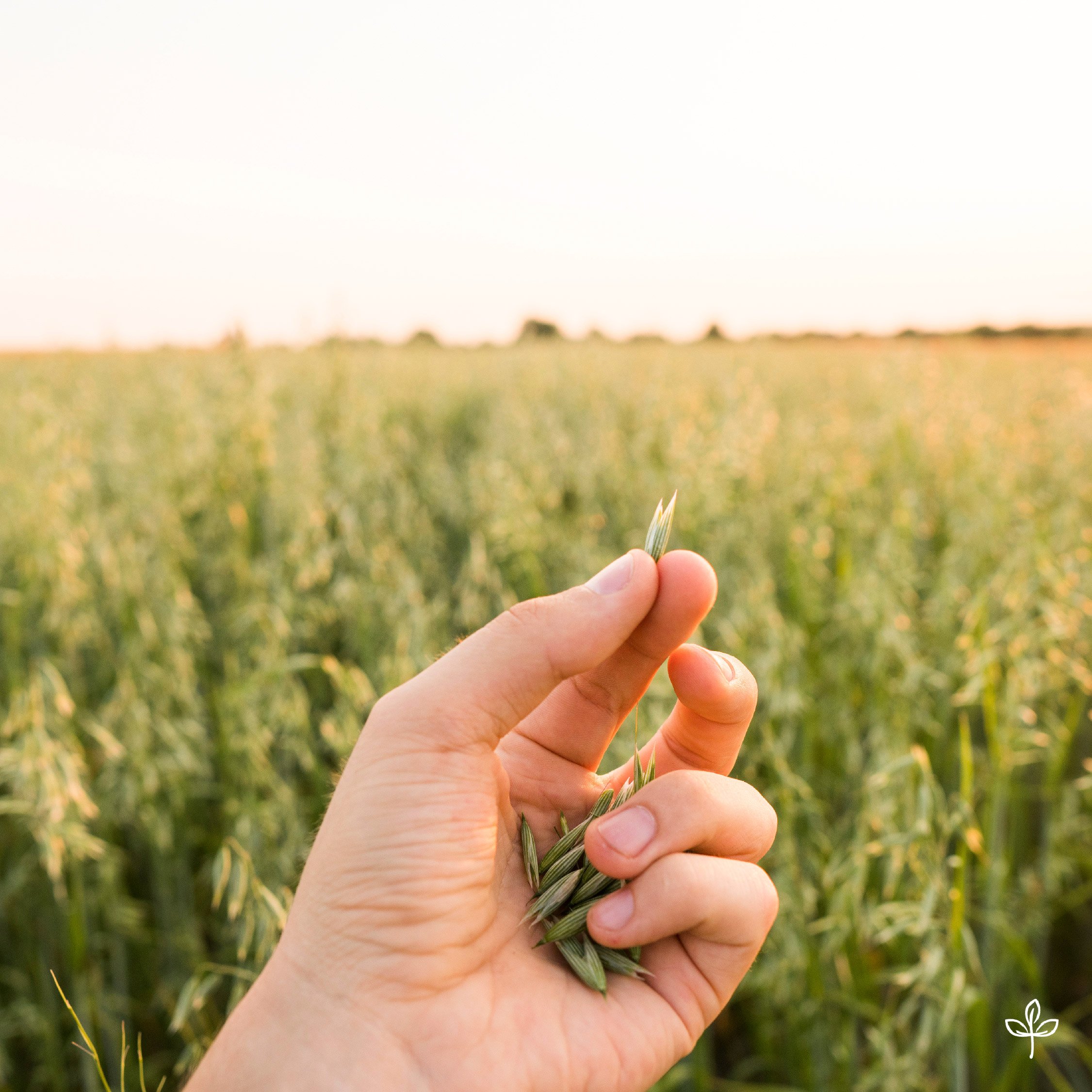National Agriculture Month
Celebrating New Mexico’s Agriculture
Every March, we celebrate National Agriculture Month to recognize the integral role that agriculture plays in the United States.
Throughout the month, we celebrate National Ag Week and National Ag Day to highlight farming and agriculture efforts across the country and in our local communities.
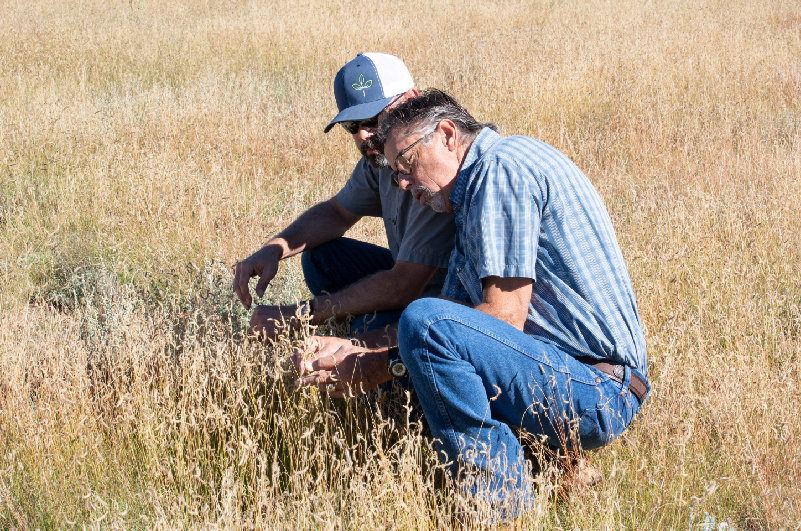
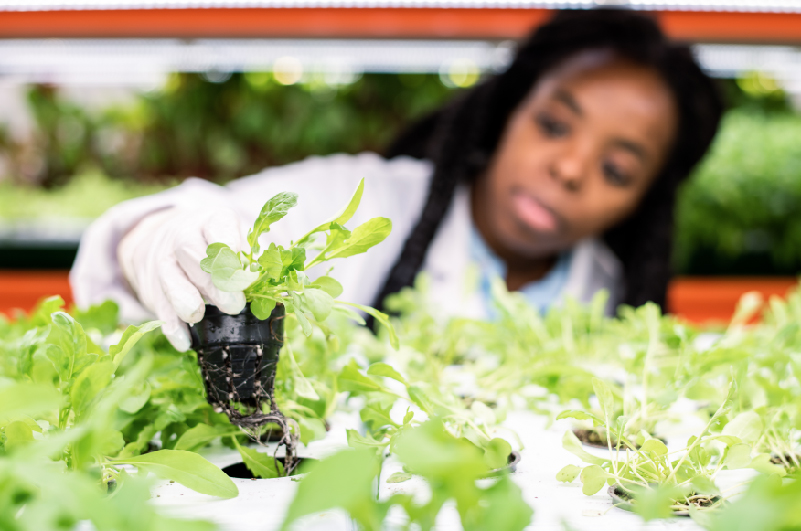
Agriculture Education
Another focus of National Agriculture Month is to continue the future of agriculture by educating young people on career opportunities in the industry.
According to the United States Department of Agriculture (USDA), in 2019, agriculture, food, and related industries contributed nearly $1.109 trillion to the U.S. gross domestic product. The output of American farms is responsible for over $136.1 billion of this total.
These reports found that agriculture and related industries account for 10.9% of national employment, employing over 22.2 million full-time and part-time employees.
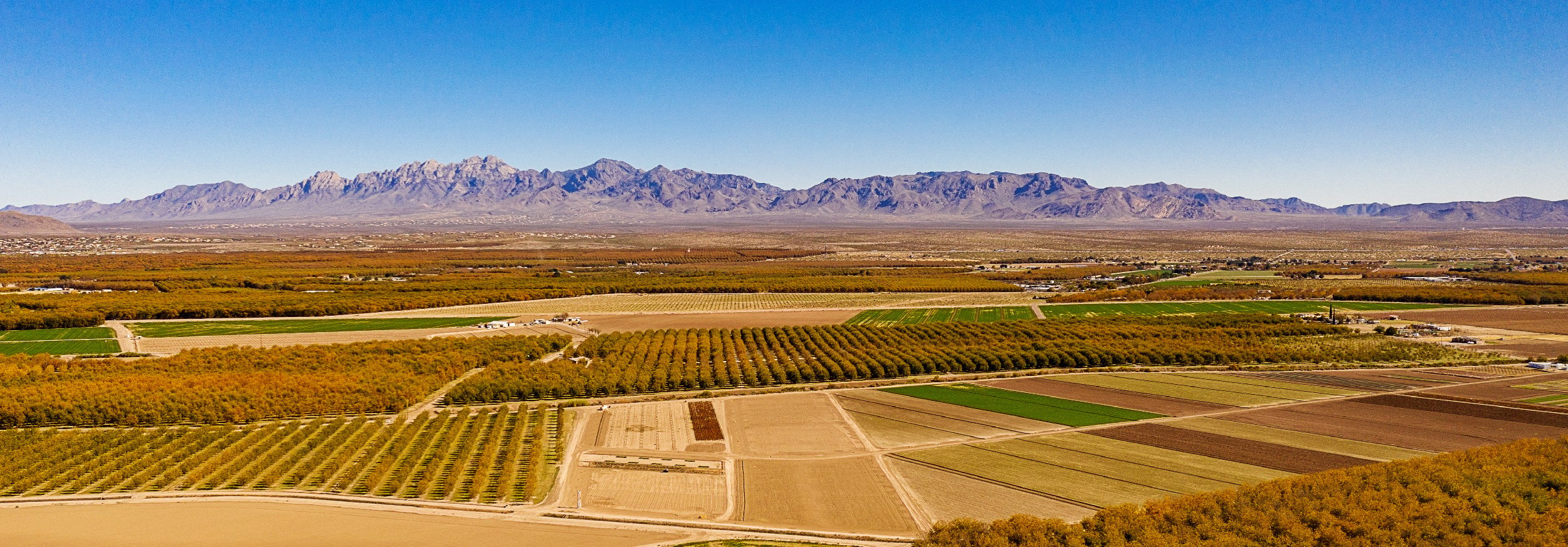
What We Bring to the Table
New Mexico-Based Agriculture
With over 24,500 farms and 43.2 million acres of farmland, the Land of Enchantment brings more to the table than just scenic landscapes and diverse terrain. Farming is a huge part of New Mexico’s history, with production being a top contributor to its economy. New Mexico’s top farming and agricultural commodities include livestock and crops, highlighted below.
Data collected is from the 2019 annual review conducted by the United States Department of Agriculture.
New Mexico Livestock

Cattle and Calves
New Mexico's inventory of all cattle and calves was 1,450,000 head. Gross income from cattle and calves totaled $998 million.

Dairy Products & Milk
With 330,000 head producing 8.19 billion pounds of milk, New Mexico ranked 9th in the nation in milk production.

Sheep & Lamb
New Mexico’s sheep and lamb inventory totaled 95,000 head, producing over 610,000 pounds of wool.
New Mexico Crops

Chile
New Mexico is consistently the top chile-producing state in the country, with 8,700 acres and a production value estimated at $50 million.

Pecans
New Mexico consistently ranks as one of the top pecan-producing states, producing over 87.8 million pounds of pecans. The value of production reached nearly $165.1 million.

Cotton
Producers harvested 45,000 acres of cotton, producing an estimated 77,000 bales. The value of production reached $33.4 million.

Corn
Corn for grain production yields 6.21 million bushels, averaging 135 bushels per acre. The total value of production is $27.3 million.

Hay
Harvesting over 245,000 acres of hay, New Mexico had a total production of 954,000 tons with an average price of $223 per ton.
Harvested alfalfa reached 784,000 tons, averaging $231 per ton.

Peanuts
New Mexico’s total peanut production reached 15.1 million pounds with a production value of $4.26 million.
Data collected is from the 2019 annual review conducted by the United States Department of Agriculture.
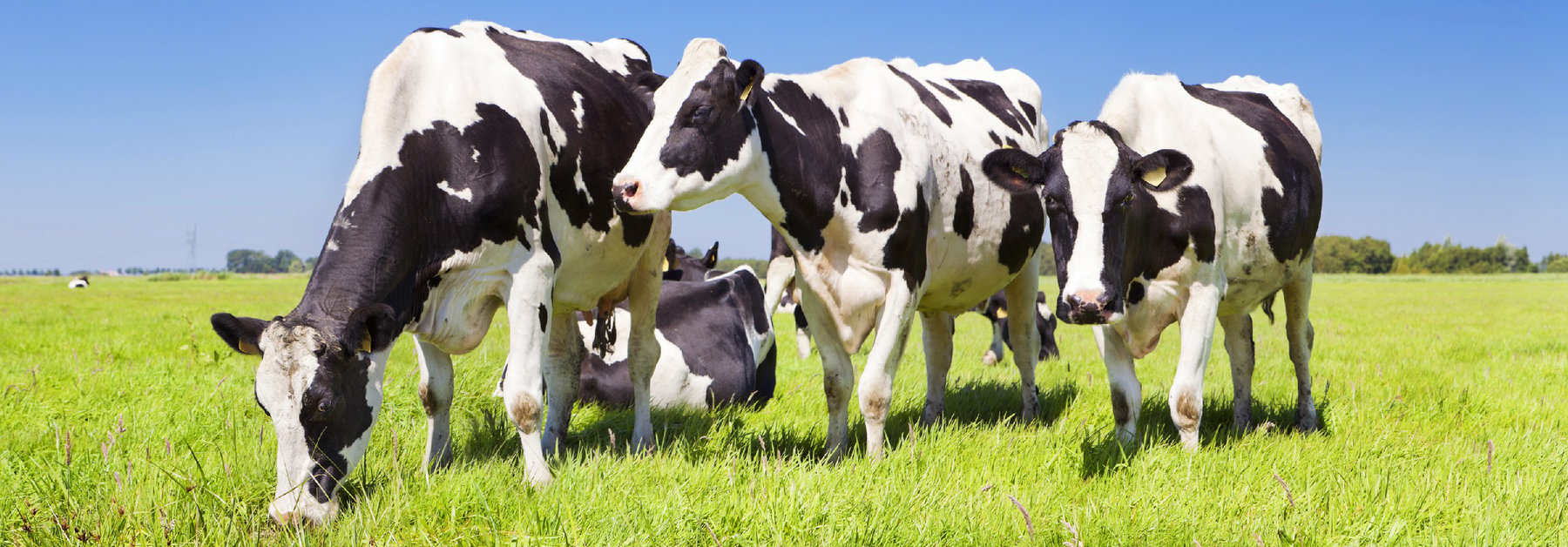
New Mexico-Based Agriculture
The Importance of Native Grasses
Planting native grasses delivers an endless range of benefits to the land across New Mexico. These native varieties have spent thousands of years adapting to the area’s climate, weather conditions, and precipitation. These species provide biological diversity and have a great influence on surroundings, including soil health, animals, and durability.

Improve Soil Health
Many farmers and ranchers are focused on conserving water and other valuable resources, but planting responsibly is just as big of a priority. Plants that are native to a region can improve soil health by providing the right nutrients and erosion control.

Animals and Insects
Many grasses provide forage and habitat for livestock, wildlife, and helpful pollinators. Bees and butterflies rely on native grasses to support crop production.

Tolerance to Threats
Native grasses exhibit a greater tolerance to harmful disease and pests that may pose a threat to non-native varieties. These plants often require less supplemental watering as they have adapted to regional conditions.

Landscaping
One of the most notable benefits of native grasses is the beauty they bring to their landscape. The unique textures offer an aesthetic appeal and attract wildlife and insects.
Native Grasses for the Southwest
When planting native grasses on residential, rural, or public land, search for responsibly sourced, high-quality grass seed that will give back to your soil. Below you’ll find native grass varieties that thrive throughout New Mexico and the Southwest.
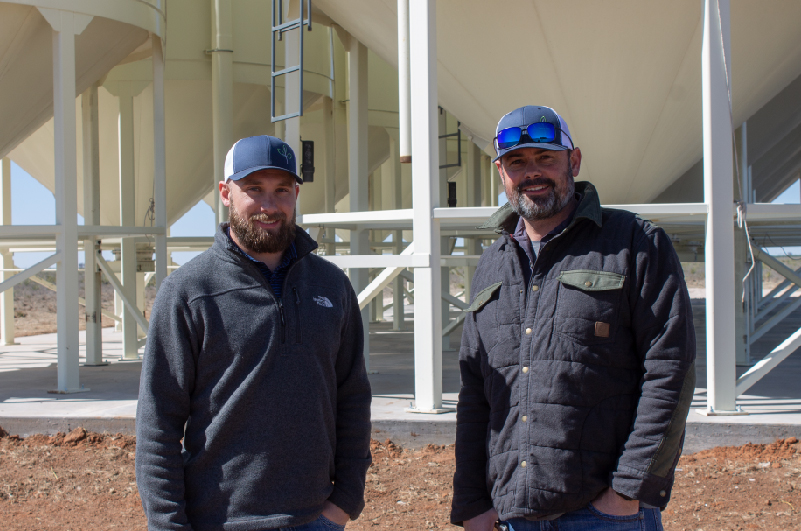
Make a Difference
The Future of Agriculture in New Mexico
Another focus of National Agriculture Month is to continue the future of agriculture by educating young people on career opportunities in the industry.
According to the United States Department of Agriculture (USDA), in 2019, agriculture, food, and related industries contributed nearly $1.109 trillion to the U.S. gross domestic product. The output of American farms is responsible for over $136.1 billion of this total.
These reports found that agriculture and related industries account for 10.9% of national employment, employing over 22.2 million full-time and part-time employees.
